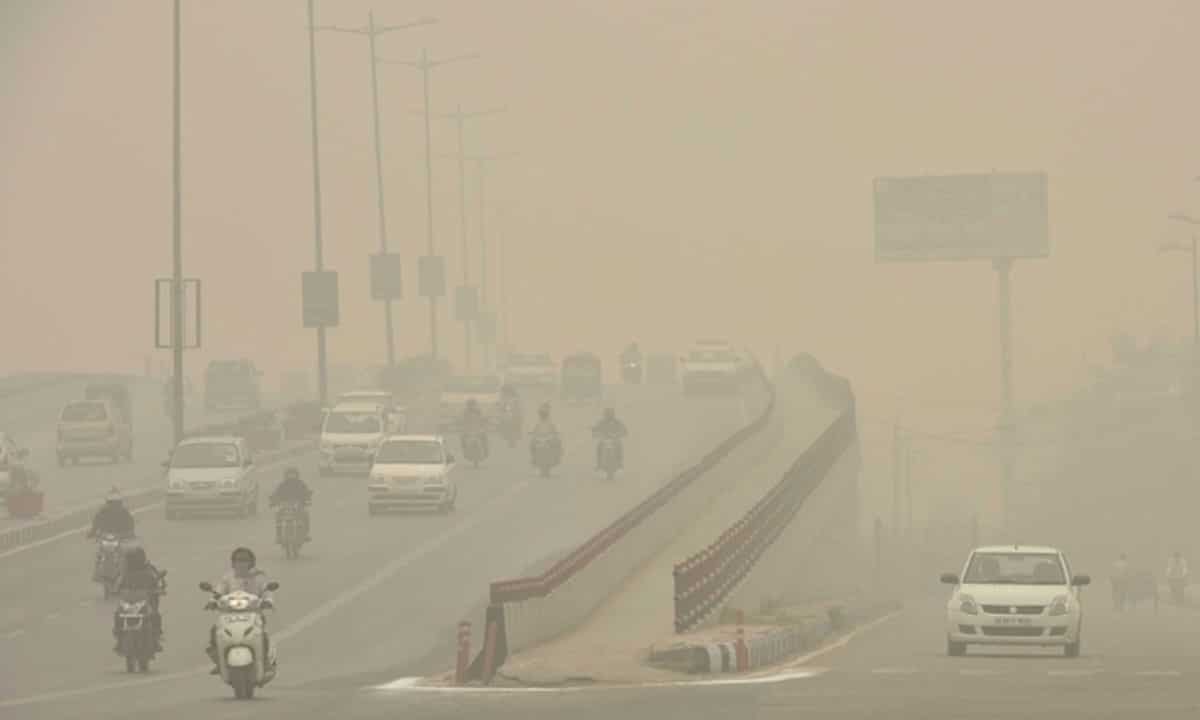Delhi-NCR’s air quality ‘very poor’ after Diwali fireworks
The overall Air Quality Index (AQI) in Delhi-NCR remained in the 'very poor' category, reaching 400 on Tuesday morning, a day after Diwali festivities, according to data from the Central Pollution Control Board (CPCB).

New Delhi: The overall Air Quality Index (AQI) in Delhi-NCR remained in the ‘very poor’ category, reaching 400 on Tuesday morning, a day after Diwali festivities, according to data from the Central Pollution Control Board (CPCB).
While the overall AQI stood at 347, several areas recorded levels in the ‘severe’ category.
As per CPCB classifications, AQI between 0-50 is considered ‘good’, 51-100 ‘satisfactory’, 101-200 ‘moderate’, 201-300 ‘poor’, 301-400 ‘very poor’, and 401-500 falls under the ‘severe’ category.
Several Delhi localities reported alarming AQI levels: Narela (354), Najafgarh (334), Mundka (357), Mandir Marg (325), Major Dhyan Chand National Stadium (358), Lodhi Road (334), Jawaharlal Nehru Stadium (317), Jahangirpuri (404), ITO (345), Dilshad Garden (346), Dwarka Sector 8 (333), Mathura Road (341), Bawana (418), and Anand Vihar (352), according to data from the SAMEER app developed by the CPCB.
Follow for more details: munsifdaily.com
In Noida, the air quality also declined sharply, entering the ‘very poor’ range. Sector-wise AQI readings were Sector 125 (326), Sector 62 (307), Sector 1 (322), and Sector 116 (340).
Residents across the Delhi-NCR region woke up to toxic air on Monday morning, with pollution levels worsening following widespread bursting of firecrackers on Diwali eve. On Diwali morning at 8 a.m., Delhi recorded an AQI of 335, indicating a significant decline in air quality.
Gurugram also witnessed poor air quality. AQI levels were reported at 338 overall, with specific areas like Gwal Pahari (347), Sector 51 (346), and Vikas Sadan (320) recording similar trends.
Also Read: 47 injured during Diwali celebrations in Hyderabad
Despite a ban on firecrackers in Delhi since 2020 to combat winter pollution, the Supreme Court this year allowed the use of green crackers from October 18 to 20, within limited time slots — 6 a.m. to 7 a.m. and 8 p.m. to 10 p.m. However, these rules were widely flouted, with firecrackers being used well outside the permitted windows.
In response to the deteriorating air quality, the Commission for Air Quality Management (CAQM) in Delhi-NCR activated Stage-II of the Graded Response Action Plan (GRAP), aimed at curbing pollution levels and safeguarding public health.
